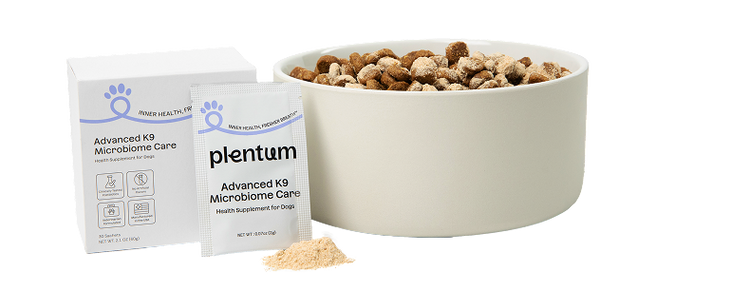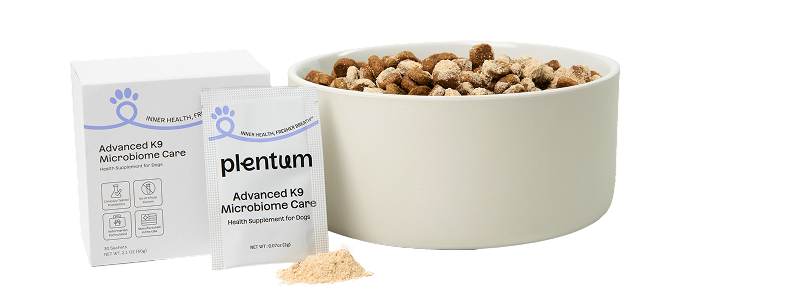Can I Give My Dog Imodium? The Vet's Absolute Answer
Thinking about giving your dog Imodium for diarrhea? Learn why it’s risky, the side effects to watch for, and safer vet-approved alternatives to help your pup recover quickly and comfortably.
Thinking about giving your dog Imodium for diarrhea? Learn why it’s risky, the side effects to watch for, and safer vet-approved alternatives to help your pup recover quickly and comfortably.

When your dog is suffering from diarrhea, you want to help them fast. It’s tempting to reach into your own medicine cabinet for a quick fix like Imodium. But when it comes to this human medication, the answer to "can I give my dog Imodium?" must be an absolute and resounding no.
Giving your dog Imodium without direct veterinary supervision is a dangerous gamble with their life. While a veterinarian might use the active ingredient, loperamide, in a controlled, clinical setting in very rare cases, it is never safe for a pet owner to self-prescribe. This article will state the definitive reasons why and guide you toward the correct, vet-approved methods for safely managing your dog’s diarrhea.

Administering Imodium is not a simple fix; it's a medical decision with serious consequences. The primary reason it is unsafe is a genetic "landmine" hidden in many dogs' DNA.
The single most critical reason to avoid Imodium is the MDR1 (or ABCB1) gene mutation. This genetic defect is extremely common in herding breeds like Collies (up to 70%), Australian Shepherds (up to 50%), and many mixed-breed dogs.
Dogs with this mutation cannot produce a key protein that protects their brain. This protein normally acts as a filter, pumping harmful toxins out of the blood-brain barrier. Without it, drugs like loperamide pass directly into the brain and accumulate, causing a severe neurological crisis.
Signs of Imodium toxicity are a life-threatening emergency and include:
You cannot know if your dog has this mutation just by looking at them. The only way to be certain is through a genetic test. Giving a dog Imodium without this knowledge is like playing Russian roulette with their health.

Even if a dog doesn't have the MDR1 mutation, giving Imodium can backfire badly. Diarrhea is often the body’s way of expelling toxins or harmful bacteria. Imodium works by slowing down the intestines. If you give Imodium to a dog with a bacterial infection or who has ingested something toxic, you are trapping those dangerous substances inside their body, preventing them from being expelled. This can turn a simple case of digestive upset into a systemic illness.

Now that we've established why Imodium is the wrong choice, let's focus on the right one. For mild diarrhea in an otherwise healthy and energetic dog, supportive home care is the safest and most effective first step.
| Treatment | How It Works | Best Use Case | Safety Profile |
|---|---|---|---|
| Imodium | Halts intestinal motility, trapping contents inside. | NEVER for home use. Reserved for rare, vet-supervised cases. | Extremely High-Risk. Potentially fatal in many breeds. |
| Bland Diet | Rests and supports the inflamed gastrointestinal tract. | The gold-standard first response for uncomplicated diarrhea. | Completely Safe for short-term use in most dogs. |
| Postbiotics | Nourishes the gut lining and helps maintain a healthy microbiome. | Supports gut health during episodes of diarrhea and promotes long-term digestive wellness. | Very Safe. Supports overall digestive wellness. |
Diarrhea severely disrupts the gut microbiome of dogs. A high-quality postbiotic supplement is the fastest way to restore balance and promote recovery.
The answer is clear and absolute. The potential for a fatal genetic reaction, combined with the risk of trapping toxins, makes Imodium an unsafe medication for at-home use in dogs.
Empower yourself with safer, more effective solutions. By utilizing a bland diet and supporting their microbiome with powerful postbiotics, you can help your dog recover safely and build a foundation for lasting gut health.
No amount of Imodium is safe to give your dog at home. A safe dose can only be calculated by a veterinarian who has examined your dog, knows its genetic background, and has diagnosed the specific cause of the diarrhea.
Signs of toxicity require immediate emergency veterinary care and include profound lethargy, stumbling, unresponsiveness, dilated pupils, slow breathing, and collapse.
No. All forms of loperamide carry the same risks. Furthermore, liquid Imodium often contains xylitol, a sweetener that is extremely toxic and can cause fatal liver failure in dogs.
Go to the vet immediately if diarrhea lasts longer than 24 hours or is paired with other serious symptoms like vomiting, fever, extreme weakness, signs of pain, or if the stool is black, tarry, or contains blood.

Halloween creates anxiety in you? Our 7 dog safety tips for Halloween will replace your worries with doggy confidence. Learn how to handle toxic treats and costume stress and anxiety...

Thinking about giving your dog Imodium for diarrhea? Learn why it’s risky, the side effects to watch for, and safer vet-approved alternatives to help your pup recover quickly and comfortably.

